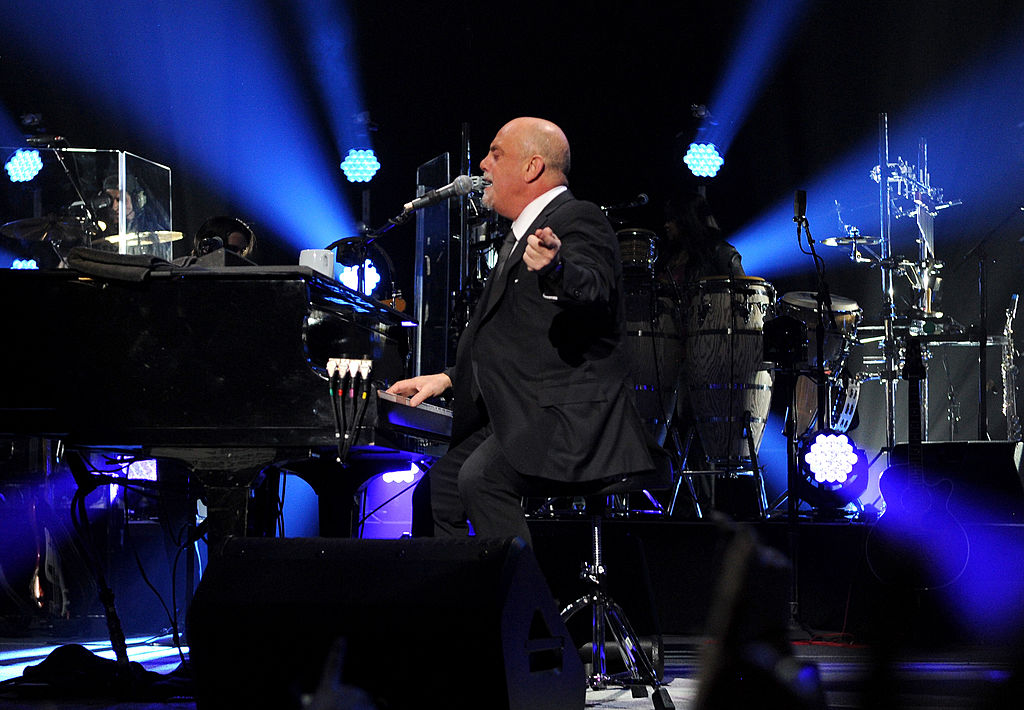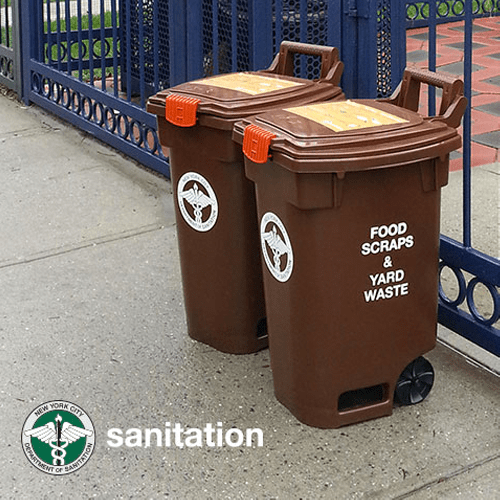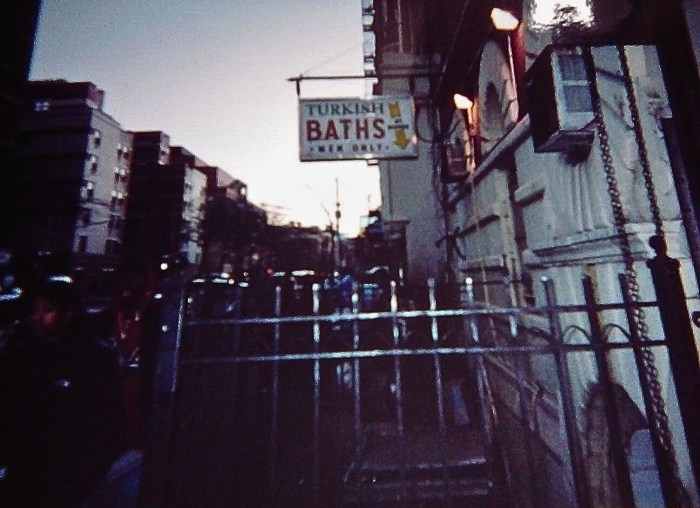The first roadway under the East River to connect Manhattan and Long Island was a marvel of engineering when it opened 75 years ago.
Officials formally welcomed the public into the Queens Midtown Tunnel on Nov. 15, 1940, but days before some 5,000 people were allowed to walk through the eastbound tube as a show of gratitude for having suffered through years of noisy, inconvenient construction on the Manhattan side.
As they walked through the tube, their footsteps and voices echoed along with the barks of dogs that had been brought along by their owners.
“What a bomb shelter this tunnel would make!” one person remarked, according to The New York Times, which reported on the “tunnel warming” on Nov. 11, 1940.
It was actually President Franklin D. Roosevelt who was the first person to drive through the tunnel weeks before the public got to go inside. But it was a special day on Nov. 14 when ordinary New Yorkers finally got to pay their 25-cent tolls for the pleasure of steering their cars through the white-tiled tubes.
The tunnel, actually two tubes that each stretch more than a mile under the East River, called for ‘sandhogs’ to excavate 10 stories below river bed through solid rock, sand, gravel, clay and even the wrecks of sunken barges. A special tunnel agency was created to secure federal funding, costing $58 million at the time.
While the original brick roadway was replaced in 1995, the tunnel remained largely unchanged for decades from when it was first built until superstorm Sandy walloped the city and caused the tubes to be flooded for the first time in history.
Salt water damaged the tunnel’s lighting system, traffic lights and signals, height detection system and other infrastructure, the MTA said.
The Metropolitan Transit Authority said on Nov, 10, 2015, that ongoing repairs are being covered by a four-year $236.5 million contract.
“There will be nighttime and weekend tube and lane closures,” said Raymond Webb, director of Tunnel Operations for MTA Bridges and tunnels, in a statement. However, “at least one tube will remain open at all times.”
Today, some 29 million trips are taken through the tunnel.
Read more: Judge slams NYC for retracting accessible taxi settlement deal.
































